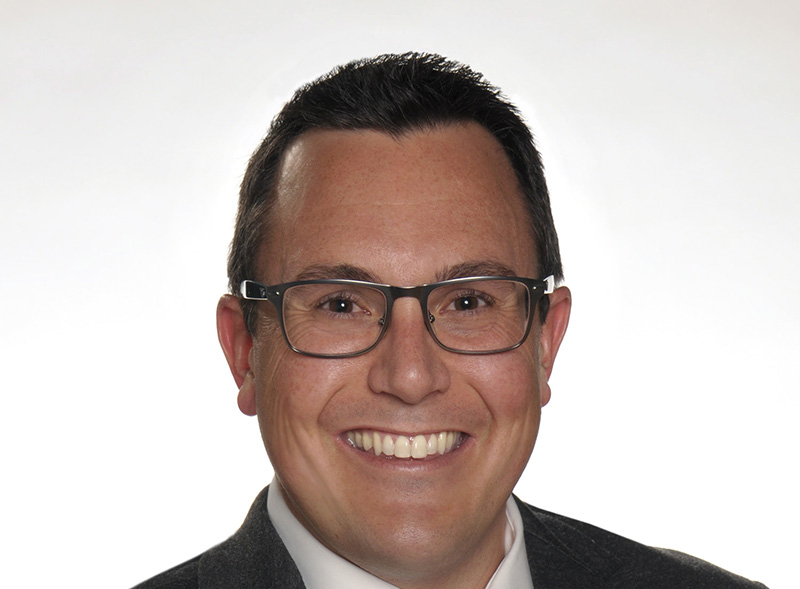
Dr. Patrick Kenney is widely-respected as an expert in Infectious Diseases whose practice at Midland Medical Center, East Oakland Park Blvd., Fort Lauderdale, specializes in the treatment of HIV/AIDS.
Dr. Kenney completed his Infectious Disease fellowship at the University of South Florida Morsani College of Medicine.
JACKSON: It’s hard to believe this is 2017 and people are still getting infected with HIV – with the infection rates in South and Central Florida being among the highest in the nation. What are the latest biomedical advances? What’s next?
DR. KENNEY: With nearly forty years that have passed since the onset of the outbreak, I am sad to say that yes, we are still seeing new cases of HIV. In this technologically advanced era, the virus remains as insidious as it was in the early 1980s but we as a community have become much more aware of the modes and risks of transmission and now have very advanced treatments that suppress the virus. As for the latest biomedical advances, pharmaceutical companies both in the United States and abroad are developing treatments that are much more tolerable with less pill burden and adverse effects, more pre-exposure prophylaxis (PrEP) options, vaccine trials, and cure modalities. The trouble with HIV is that it invades the nucleus of the cell, an area that holds the DNA and thus our genetic code. Scientists now know where the virus is hiding and are working on ways to “unlock” the virus from our DNA, which in turn would create a functional cure leading to eradication of the virus.
JACKSON: You have been on the medical battle lines of HIV for the past 5 years. What has that experience been like – seeing a disease that was once a death sentence become one that’s about as manageable as diabetes?
DR KENNEY: Growing up as a child in the 1980s in a small town in Rhode Island, HIV was something that was thought of as something completely foreign and that we had nothing to fear. It was considered something that happened in the cities like New York or Boston. But it did not take long before family friends were becoming ill and dying from these complications that no one had heard of and physicians at time only read about in their medical studies. In 1996, the scientific community made a strong triumph with development of the first “cocktail” therapy against HIV with the novel class of drugs called the protease inhibitors. HIV death rates have dropped since then and now most HIV infected patients are on single tablet regimens which contain three sometimes four medications. Now as a physician, I am happy to report that many of my HIV patients do very well on treatment and now can expect to have the same life expectancy as their HIV-negative counterparts. I do, however, recommend that HIV infected patients do seek care from providers with experience with the current therapies, as many of the agents can interact with other common treatments for problems such high blood pressure, elevated cholesterol, and diabetes (a condition that is a great deal more difficult to manage than HIV I might add).
JACKSON: The discovery a few years ago of the science to control viral loads and make HIV-positive individuals “undetectable” made the disease manageable. Now, biomedical advances have given us pre-exposure prophylaxis (PrEP) which, when taken as prescribed by HIV- negative individuals, is close to 100% effective in eliminating the transmission of HIV by a partner. What, from a medical perspective, has been the impact of PrEP? Do you recommend that every MSM with more than one sexual partner have a prescription for PrEP?
DR. KENNEY: PrEP has been a game changer on both sides of the fence. For the HIV negative person, a new layer of protection has been added in conjunction with condoms to provide a nearly 100% barrier from infection. For HIV positive folks, the fear of transmitting the virus to a negative partner has diminished allowing for continuance of sexual expression and intimacy. Of course there are those individuals who blame PrEP for the elevated incidence in other sexually transmitted infections as less and less people are using barrier protection methods such as condoms. My response to that would be in my experience patients who are on PrEP are monitored much more closely than those who are not. PrEP requires patients to get quarterly STI screenings as well kidney and liver function tests to ensure the medication does not cause any adverse effects. This close monitoring allows patients to catch STIs such gonorrhea, chlamydia, and syphilis at early stages. Since all of these infections are reported to county health departments, we have more numbers to report and hence the increase. So, yes I think all sexually active MSM at risk should be on PrEP. That being said, I do ask my patients to continue using condoms if the are sexually active with multiple partners as we are seeing a rise in antibiotic-resistant strains of infections such as gonorrhea. This resistance is very real and does pose a threat to our community as time goes on. Please go out and get tested regularly to ensure that you are tested first, treated secondly.
Jackson: More than half of individuals living with HIV in the United States are now aged 50 or older. What are we learning about aging with HIV?
DR. KENNEY: We are very fortunate that HIV-infected individuals have the capacity to live a healthy life. But like any chronic illness, HIV can affect several body systems, especially the cardiovascular system. Also, our aging community was faced with having to take some of the earlier HIV medications which did have severe side effects including anemia, lipodystrophy (fat redistribution), and atherosclerotic disease. However, studies have shown that, with viral suppression from the HIV medications, we are able to decrease the amount of inflammation the virus causes on the vascular system. We still have a great deal to learn from our aging patients, but we are so happy that the majority of them are doing well despite the grim prognosis they may have been faced with 30 years ago.















